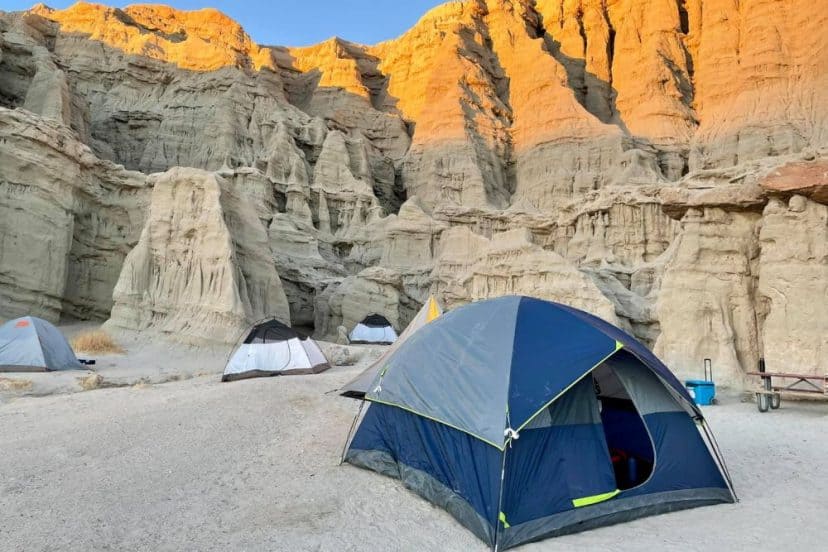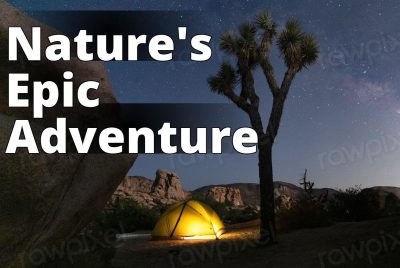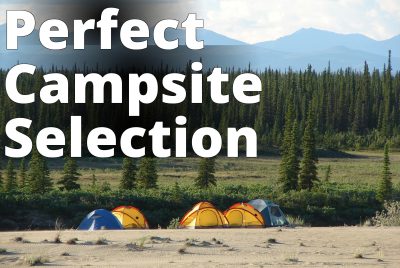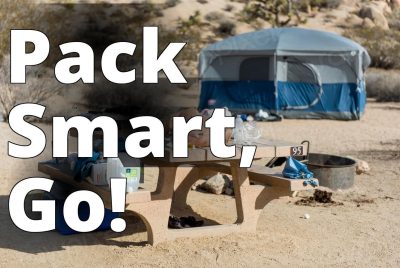Best Tents For Desert Camping Guide 2024
Best Tents for Desert Camping: A Comprehensive Guide for Your Next Adventure
Desert camping offers an exciting and unparalleled experience for outdoor enthusiasts seeking adventure and tranquility.
The arid landscape and extreme temperatures pose unique challenges when selecting the right gear, especially tents. To ensure a safe and comfortable trip, it’s essential to choose a tent tailored to the harsh conditions of desert environments.
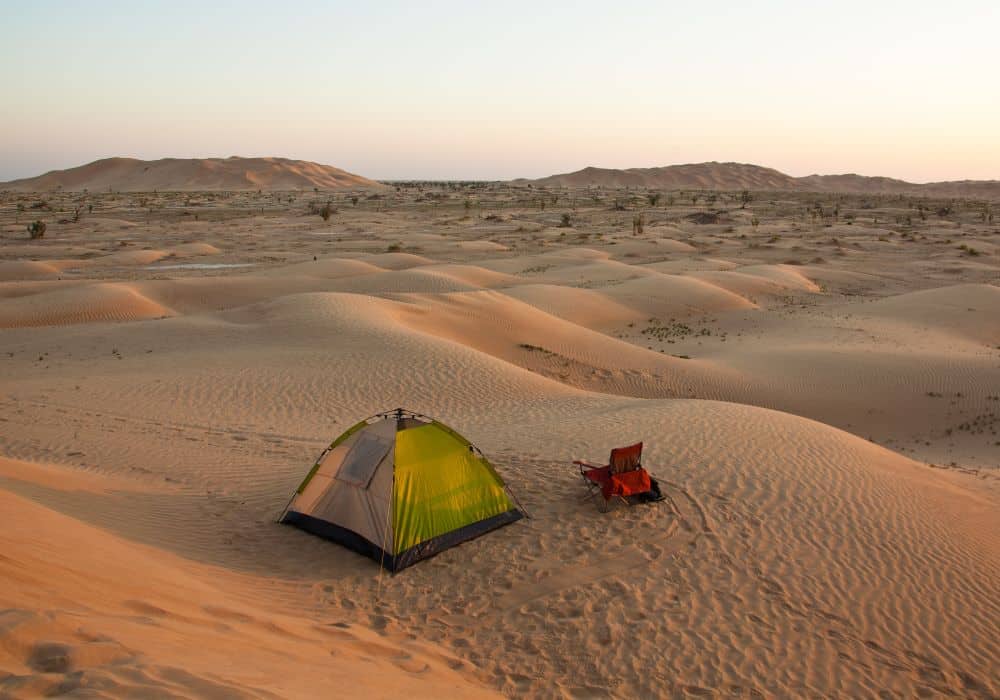
The best tents for desert camping must possess features designed to withstand the elements, such as durable materials, adequate ventilation, and protection from sand and dust.
With these considerations in mind, this article will present a selection of top-rated tents specifically designed for desert camping.
By investing in a high-quality tent suited for the desert environment, campers can fully immerse themselves in the beauty and mystery of arid landscapes while enjoying a restful night’s sleep.
In the following sections, we delve into critical factors to consider when selecting the ideal tent, followed by a comprehensive list of recommendations.
Our goal is to provide valuable insight, enabling campers to make an informed decision before embarking on their next desert excursion.
Understanding Desert Conditions
Desert camping brings its own set of unique challenges. This section will explore some of these elements, including high winds, sandstorms, and heavy rain.
Dealing with High Winds
High winds are common in the desert and can make it difficult to set up camp. When choosing a tent, look for one with sturdy poles and reinforced corners.
Dome-shaped tents are often the best choice, as their shape allows wind to blow over them easily, reducing the chance of damage.
Here are some additional tips for dealing with high winds in the desert:
- Choose a sheltered location: Try to find a spot with natural barriers like rocks or shrubs to block the wind.
- Use strong tent stakes: Opt for durable stakes that can penetrate and grip the desert sand or hard soil to hold your tent in place.
- Anchor your tent: Consider using additional weights or sandbags to keep your tent from blowing away.
Bracing Against Sand Storms
Sandstorms can quickly roll in and wreak havoc on a camping trip.
To protect yourself and your gear, look for a tent with a solid construction, heavy-duty zippers, and a rainfly that covers the entire tent.
Mesh windows with the ability to be closed completely will help keep out sand. Here are some additional tips for dealing with sandstorms:
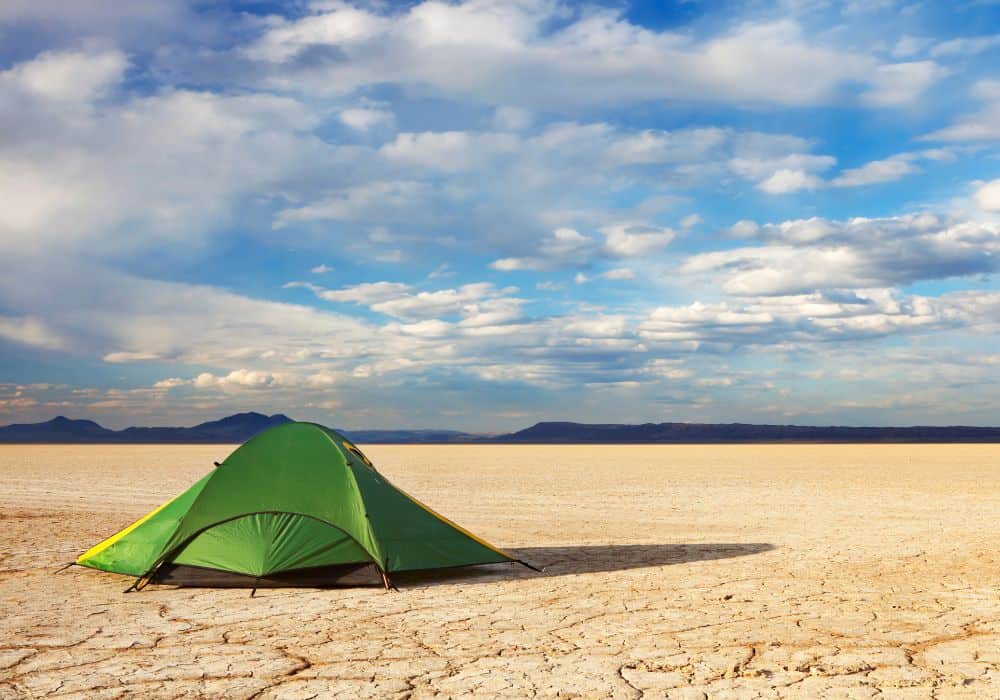
- Check the weather forecast: Be aware of potential sandstorms and plan accordingly.
- Bring goggles and masks: These can help protect your eyes and lungs from excessive sand during a sandstorm.
- Secure your belongings: Make sure your gear is safely stored and covered to prevent sand damage.
Preparedness for Heavy Rain
Although deserts are known for their dry environment, they can also receive heavy rainfall, leading to flash floods.
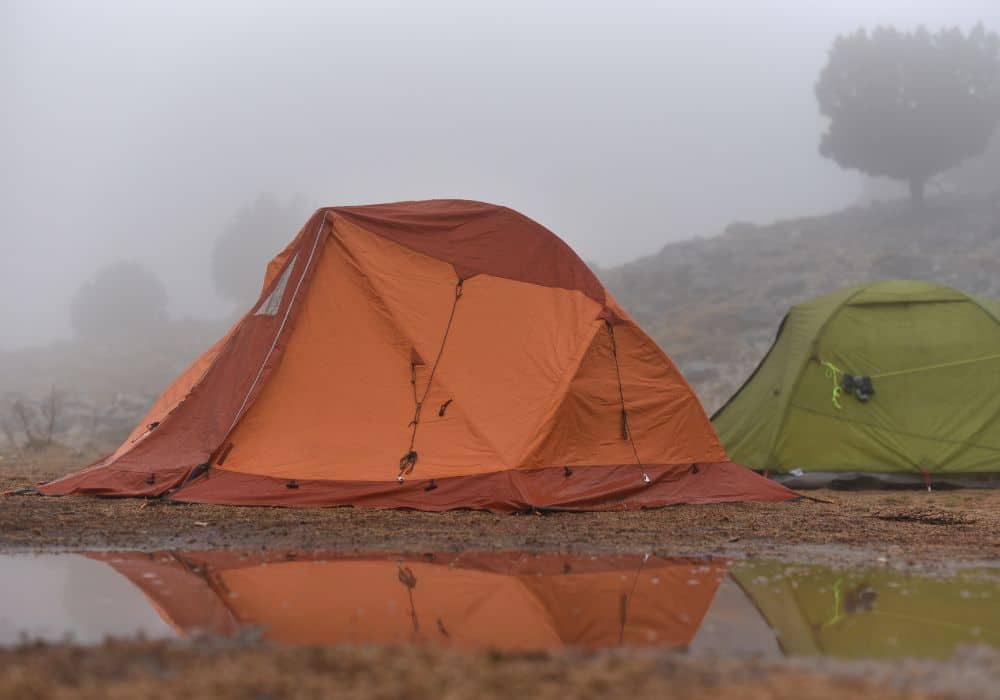
Choose a tent with a waterproof rainfly and strong seam sealing to prevent water from entering. Ensure that the tent has a high bathtub floor that prevents water from seeping in from the ground. Here are some additional tips for dealing with heavy rain:
- Avoid camping in low-lying areas: Set up camp on higher ground where water is less likely to accumulate.
- Consider a tent with a vestibule: A vestibule can offer additional protection from rain and allow for wet gear storage outside the sleeping area.
- Prepare for the unexpected: Bring a tarp and extra guy lines for added protection during a downpour.
By being aware of these desert conditions and selecting the appropriate tent, you will be better prepared for a safe and enjoyable desert camping experience.
Key Considerations for Desert Camping Tents
The Importance of Tent Size
When choosing the right desert camping tent, one of the most important things to consider is the size.
This not only applies to the interior space but also the overall dimensions of the tent.
A good desert camping tent should have enough space to accommodate the campers and their gear comfortably. Canvas tents are an excellent option for desert camping as they provide ample space and are durable.
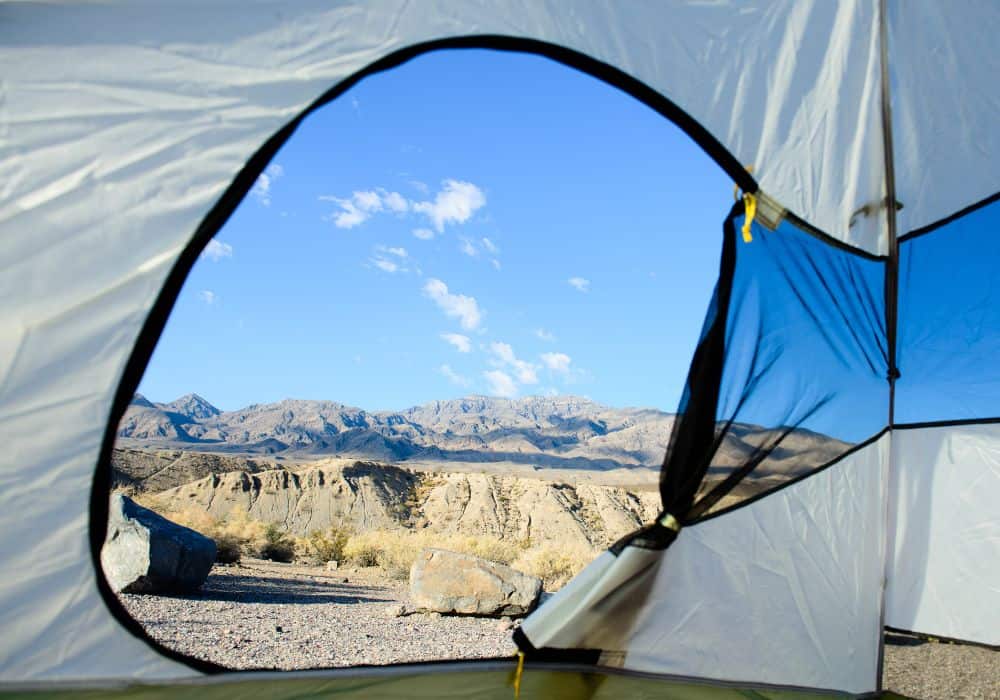
It is crucial to keep in mind the number of occupants and the amount of gear that will be stored inside the tent. Ensuring there is extra space for movement and storing items will result in a more comfortable camping experience.
Examining Tent Materials
The material used in the construction of a desert camping tent plays a significant role in its performance. Canvas tents are popular choices due to their durability and resistance to harsh weather conditions.
They are also breathable, which is essential in the hot and dry desert climate.
Apart from canvas, other materials like polyester and nylon can be good options, provided they come with proper UV protection and ventilation features.
It is crucial to ensure that the tent material is resistant to wear and tear, as well as being easy to maintain while camping in the desert.
Considerations for Tent Setup
Lastly, a suitable desert camping tent should have an easy setup process. Since weather conditions in the desert can change rapidly and winds can be strong, it is vital to have a tent that can be set up quickly and securely.
Stability and sturdiness are key factors in ensuring your tent can withstand the harsh desert environment.
When selecting a tent, looking for features such as color-coded poles, easy-to-attach clips, and strong stakes can help make the setup process more manageable.
Additionally, it is beneficial to practice setting up the tent before embarking on the camping trip to gain familiarity with the process.
In conclusion, taking into account the size, materials, and setup process is essential when selecting the ideal desert camping tent.
By considering these key factors, campers can ensure a comfortable and enjoyable experience in the harsh and unpredictable desert environment.
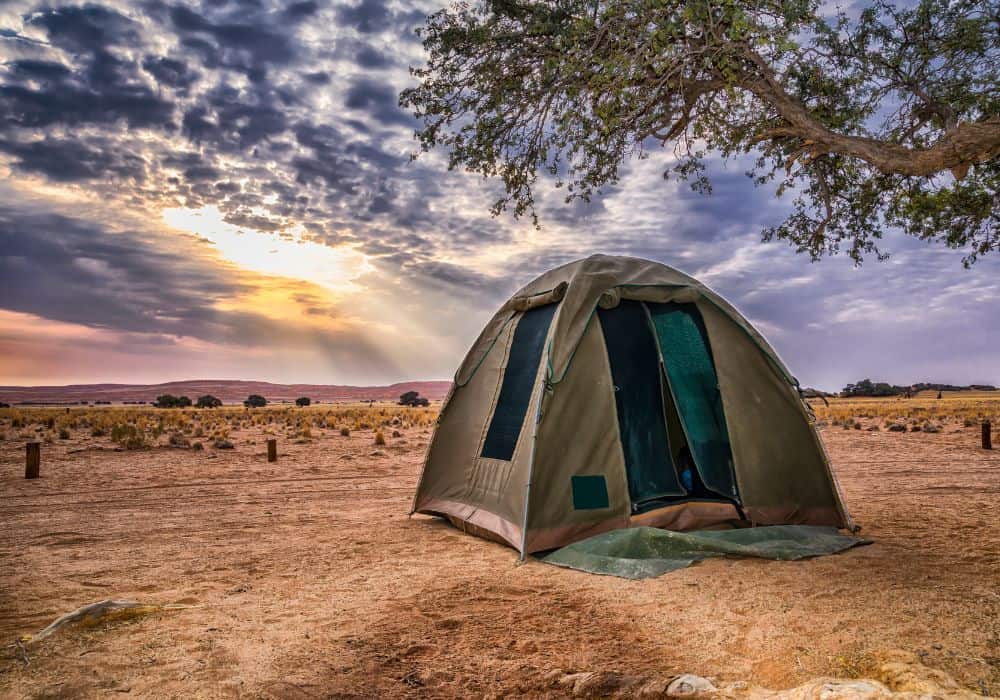
Highlighting Best Tents for Desert Camping
Featuring the Coleman Cabin Tent
The Coleman Cabin Tent is a great option for desert camping. It is designed to withstand harsh weather conditions and provides ample ventilation, which is essential for staying comfortable in hot environments.
The tent’s sturdy frame and quality materials ensure durability, while the spacious interior offers room for campers and their gear.
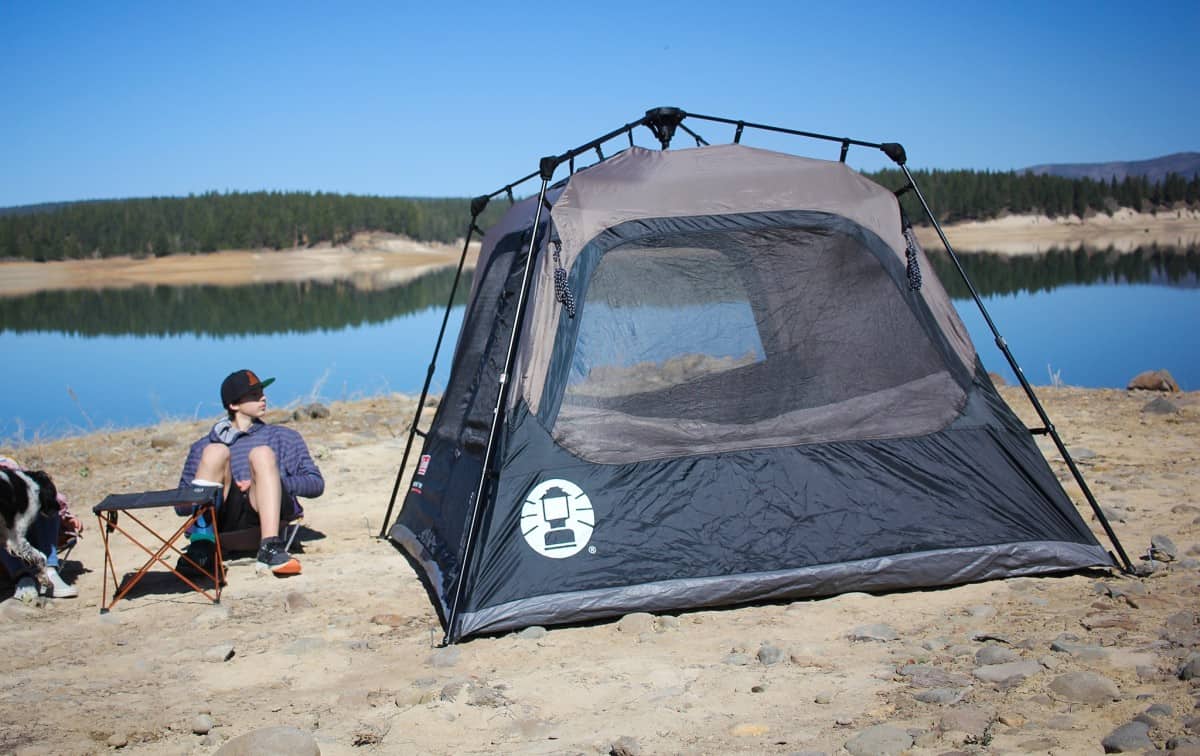
For desert camping, Coleman Cabin Tent has a few key features:
- Weather resistance: The tent’s durable fabric and strong frame prevent wind and sand from permeating the tent.
- Ventilation: Large windows and a ground vent create an effective airflow system to keep the interior cool.
- Spaciousness: The tent is available in different sizes, ensuring a comfortable fit for campers and their equipment.
Showcasing the Best Backpacking Tents
For those that prefer lightweight and portable options, there are several backpacking tents that work well for desert camping. The key is to find a tent that is durable, ventilated, and well-suited to the unique challenges of desert camping. Some of the best backpacking tents for desert camping include
- Clostnature Lightweight: This tent offers excellent ventilation with mesh windows and vents, and its lightweight design makes it easy to carry.
- OneTigris Stella 4 Season: Designed for easy setup and durability, this tent also has a high UV resistance, making it perfect for desert conditions.
- Hyke & Byke Yosemite: This compact tent provides ample living space, and its unique design allows for excellent airflow while keeping pesky insects at bay.
By selecting a tent with the appropriate features, desert camping can be an enjoyable and comfortable experience. The Coleman Cabin Tent offers reliability and spaciousness, while the best backpacking tents provide campers with lightweight and portable options suited for desert conditions.
Additional Essentials for Desert Camping
Importance of the Right Sleeping Bag
Selecting the right sleeping bag for desert camping is crucial for a comfortable and safe experience. The temperature fluctuations in desert environments can be extreme, with hot days and cold nights. It’s important to choose a sleeping bag that can accommodate those shifts in temperature.

When choosing a sleeping bag, consider the expected nighttime temperature and the insulation type.
Synthetic insulation is best for desert camping, as it dries quickly and provides warmth even in damp conditions. Additionally, opt for a sleeping bag with a temperature rating slightly lower than the expected nighttime low, to ensure extra warmth during the colder nights.
Planning for Inclement Weather
Although deserts are generally known for their dry conditions, inclement weather can still occur and catch campers off guard. It’s essential to plan for unexpected weather by packing the necessary gear and being aware of potential hazards.
- Rain gear: Pack a lightweight, waterproof rain jacket and pants to keep you dry and comfortable during sudden rainstorms.
- Sturdy tent: Ensure your tent is built to withstand heavy winds and potential rain, as desert storms can be strong and unforgiving.
- Weather alerts: Keep a portable weather radio or a smartphone with access to local weather updates. This will help you stay informed and prepare for any incoming weather changes.
- Flash Flood awareness: Be mindful of flash flood risks, especially when camping near washes, arroyos, or slot canyons. If heavy rain is expected, move to higher ground or seek a safer spot to avoid potential flooding.
By considering these essentials for desert camping, campers can be better prepared for the unique demands of the desert environment. The right sleeping bag and a well-planned approach to inclement weather can ensure a safer and more enjoyable camping experience.
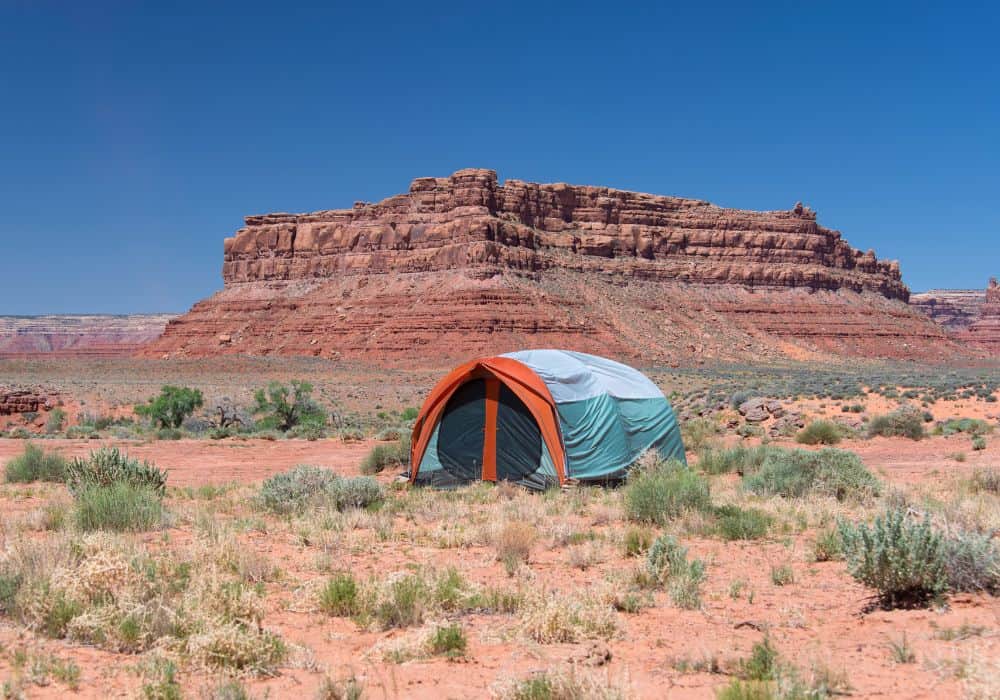
Tips for Group Desert Camping
Selecting Tents for Large Groups
When planning a desert camping trip for large groups, choosing the best camping tents is essential. Start by considering tents with ample space to accommodate the number of participants. A cabin-style tent is an excellent option, as it typically has multiple rooms, tall ceilings, and is designed for easier setup.
Another factor to consider is the tent’s ventilation. Desert temperatures can fluctuate, dipping at night and soaring during the day. Opt for a tent with a mesh roof and windows to ensure proper airflow and temperature regulation.
Lastly, a tent’s resistance to the elements, like the harsh desert sun, sand, and wind, is crucial. A tent with UV protection and a strong, sturdy frame will provide a safe and comfortable shelter.
Maximizing the Camping Experience
To have the best experience, follow these tips:
- Pack plenty of water: In arid desert conditions, staying hydrated is vital. Calculate the group’s daily water intake and ensure adequate supply.
- Choose the right location: Look for a flat, sandy surface with natural shade during the day, if available. Avoid camping near low-lying areas prone to flash floods.
- Sun protection: Equip your group with wide-brimmed hats, sunglasses, and high-SPF sunscreen to protect against the sun’s intense rays.
- Layer clothing: Dress in lightweight, breathable clothing during the day and warmer layers for cooler nights. Clothing should also cover your body to protect against the sun and insects.
- Plan activities: Map out a schedule of activities suitable for everyone. Include hikes, group games, and relaxation time to make the most of your group desert camping trip.
By selecting the appropriate tents with room for large groups, along with taking necessary precautions and preparing adequately, your desert camping adventure is sure to be a memorable and enjoyable experience for all participants.
Closing Thoughts
When embarking on a desert camping adventure, choosing the right tent can make all the difference. The desert is known for its harsh conditions, from blazing sun to strong winds and even occasional dust storms. Therefore, investing in the perfect tent is the most important thing for a safe and comfortable experience.
A great tent for desert camping should have ample square feet of floor space. This ensures that campers have much space to relax and store their camping gear without feeling cramped. A floor area that can fit at least two queen-size air beds would be a good measure for those who prioritize comfort. Additionally, storage pockets inside the tent are useful for keeping small items organized, ensuring that they’re within easy reach.
Easy access to your tent is crucial, especially in the vast expanses of the desert. Tents with large doors are not only a good idea for accessibility, but they also provide great views of the surrounding landscape when open. In the event of bad weather or strong winds, however, it’s vital to have doors that seal securely.
While having a spacious tent is great, it’s essential to strike a balance between much space and practicality. For a family or group, a 6-person tent might be the best option, offering enough room without becoming too cumbersome. However, for solo travelers or couples, smaller tents might be more manageable and quicker to set up.
Facing the relentless desert heat, a tent with good ventilation is a must. Mesh windows and roof vents can help maintain a cooler internal temperature, making the sweltering heat more bearable.
Lastly, the best way to ensure a comfortable desert camping experience is to be prepared for all scenarios. Even if you’ve got a tent that ticks all the boxes, always consider other essential camping gear, like sturdy pegs to anchor your tent in sand or additional tarps for shade.
In conclusion, while there are many tents on the market, not all are suitable for desert conditions. Keep these key features in mind to make sure you select the best one for your needs. Safe and enjoyable camping!

